Aquasonic Nitrate Test Kit
Login to view prices
In all aquarium systems, biological activity develops in your filter, and on the surface of gravels and decorations etc. These bacteria are essential to achieve a balance in your aquarium and different types of bacteria need to be present in the right proportions to break down waste and deal with ammonia, nitrite and nitrate, which can all be harmful to your fish. Every time you change or add something in your tank, or you clean it, you potentially upset the balance because you are effectively removing some of this bacteria.
NITRATE
Nitrate ions are produced as a result of biological action occurring mainly in your aquarium filter system. It is the residue of a chain reaction by aerobic bacteria, breaking down fish waste. Nitrate accumulates in an aquarium in proportion to the stock load waste and is a good indicator of general water quality.
PERMISSIBLE NITRATE LEVELS
As nitrate levels increase, water quality decreases. The quantity of permissible nitrate varies with the particular aquatic life being cultured.
a) For marine systems culturing fish, acceptable levels are 20ppm to 40ppm. Many species of marine fish will accept higher levels of 80ppm to 100ppm without apparent effect on their health. But it is recommended that when levels climb above 40ppm steps should be taken to lower the nitrate to avoid stress.
b) For reef systems culturing invertebrates, much lower levels of nitrate are acceptable. A level of 5ppm or less is optimum. Again, many invertebrates will accept higher levels but once these levels climb above 20ppm many of the more sensitive invertebrates will be irreparably damaged. It has been shown that small quantities of around 5ppm of nitrate are of assistance in culturing marine plants. Nitrate tests on reef systems should occur weekly and levels should be kept below 10ppm.
c) Freshwater fish. Tolerance to nitrate with freshwater fish is higher than saltwater species. Some delicate species will tolerate around 50ppm, but some species will tolerate far higher levels. It is recommended that as nitrate levels approach 50ppm steps should be taken to reduce the level.
LOWERING NITRATE
The easiest method to lower nitrate is to change water. Regular water changes should ensure that the nitrate levels stay within acceptable limits. Recommended minimum water change requirements are 25% per month. If water changes do not keep the nitrate at acceptable levels, then perhaps the number of fish in the tank is too great for your aquarium system, so reduce the number of fish.
Denitrification filters can lower nitrate successfully, but this must be closely monitored to avoid dangerous gases that can harm aquarium inhabitants.
Marine plants and algae can use some nitrate as nutrients and are a definite advantage in the control of nitrate.



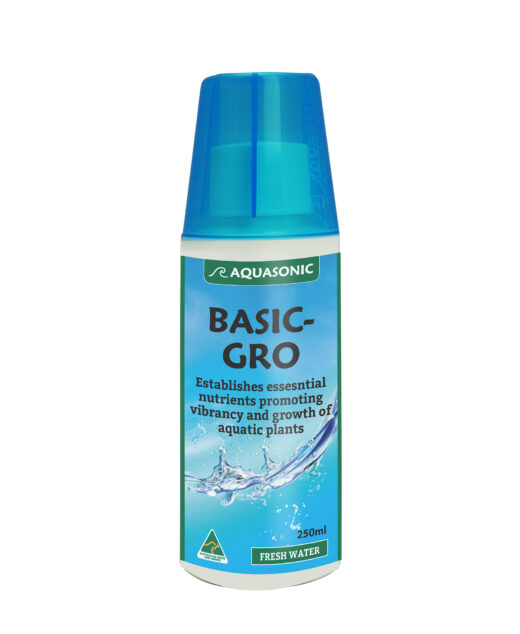

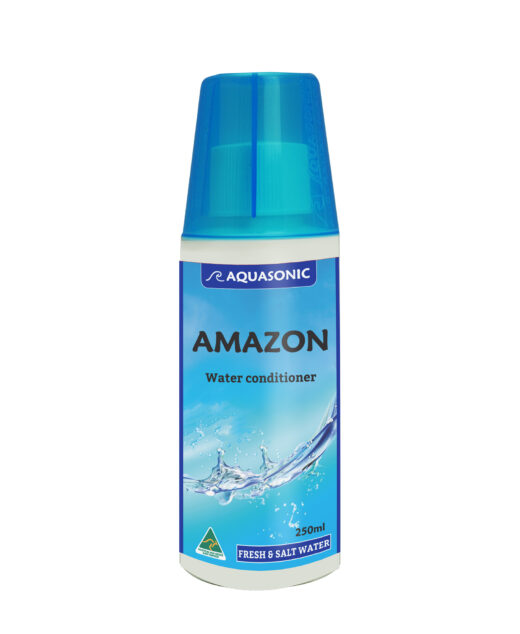
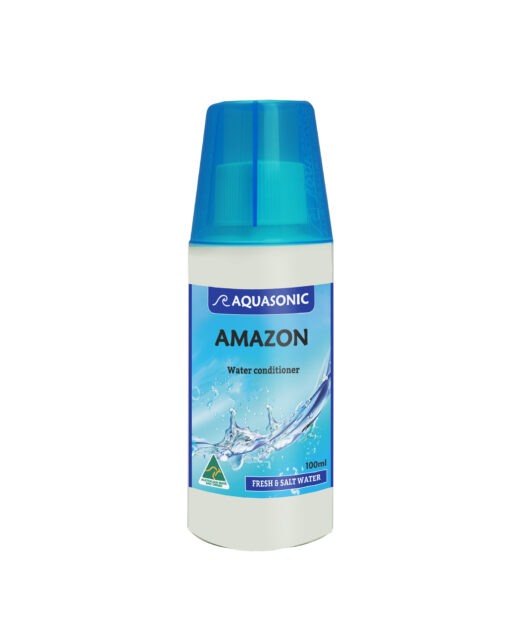
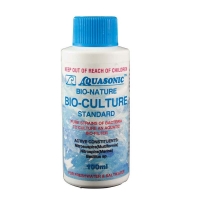
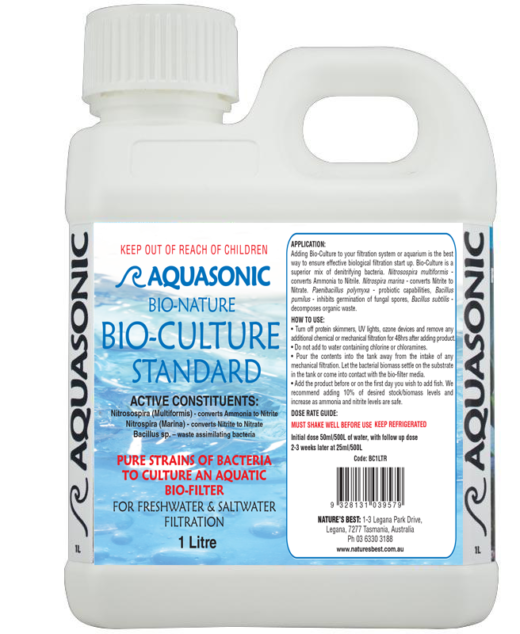
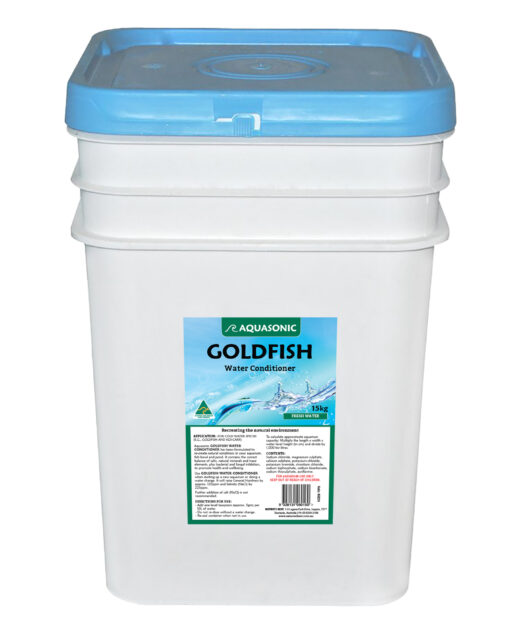
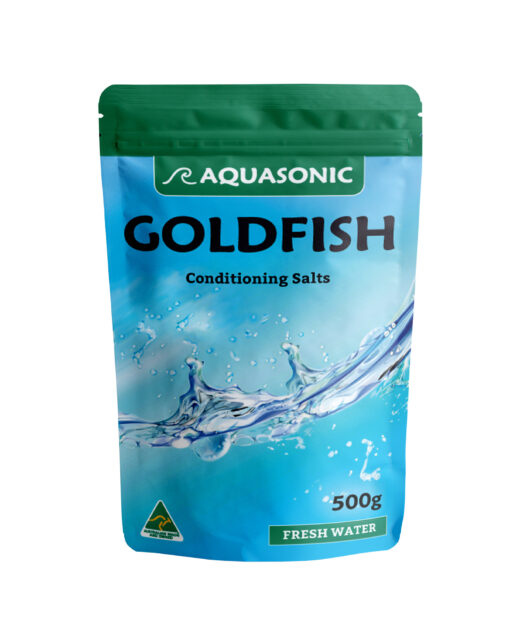
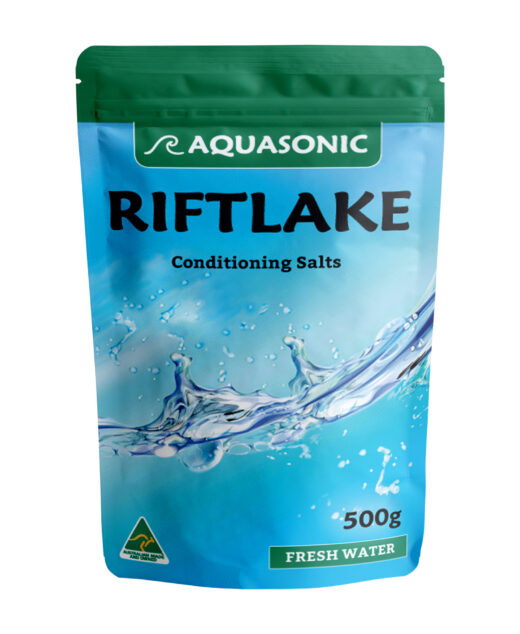
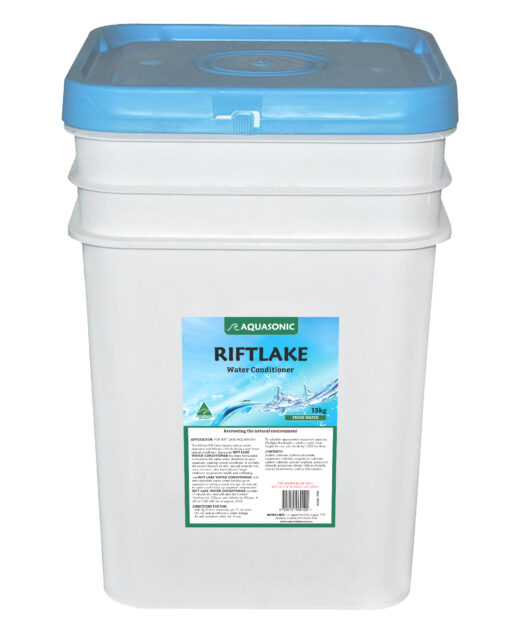
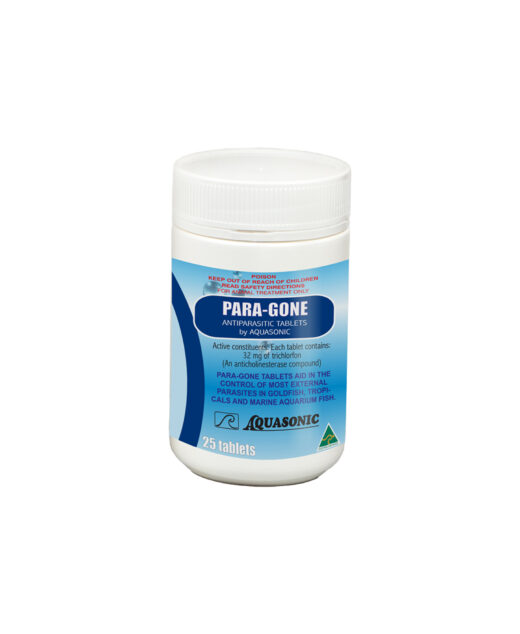
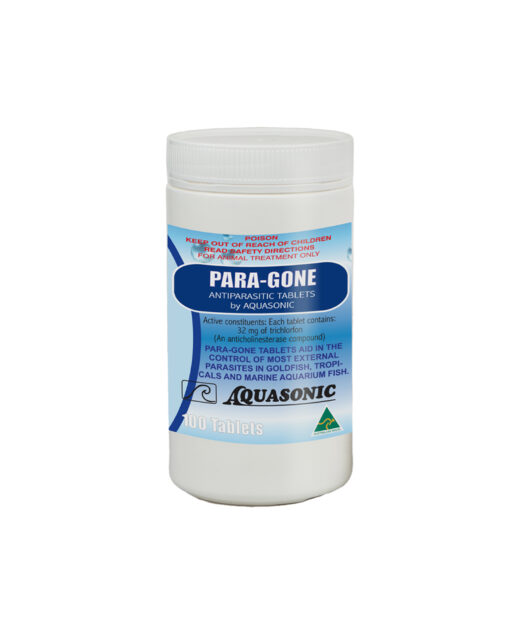
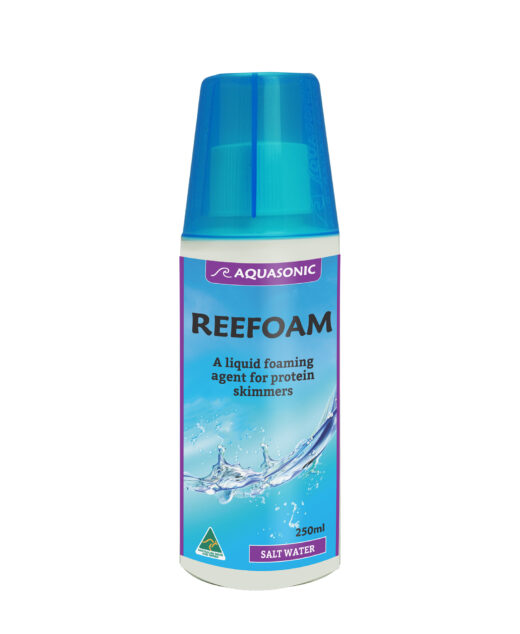

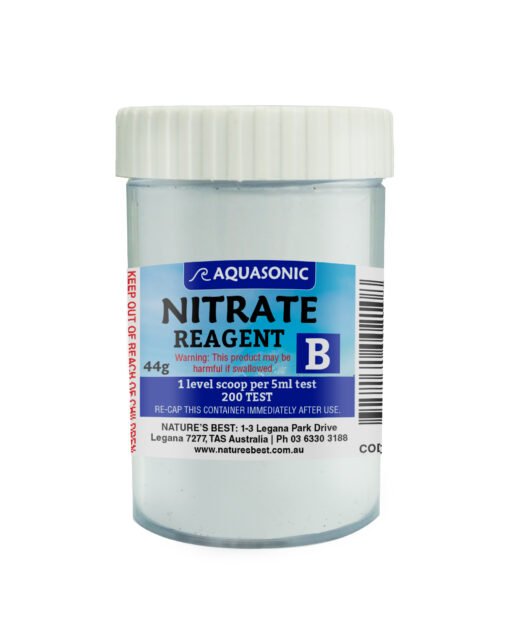
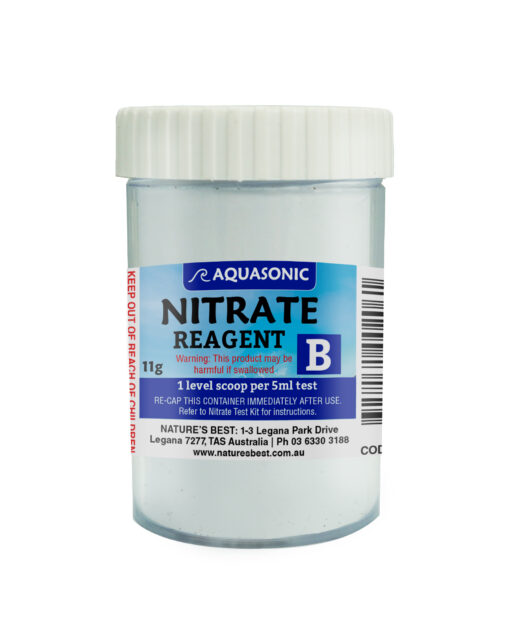
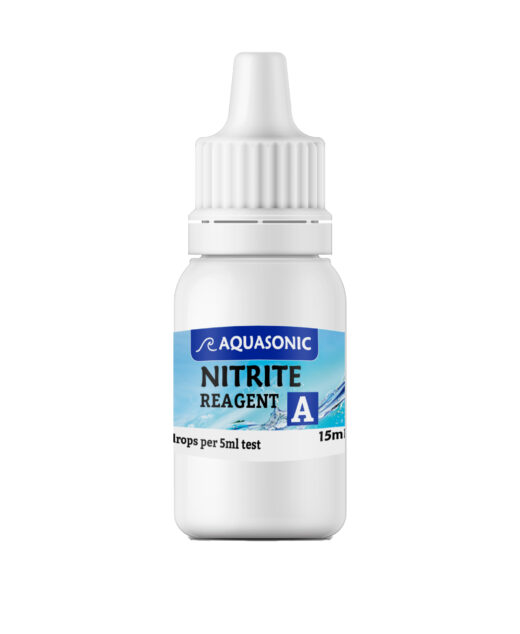

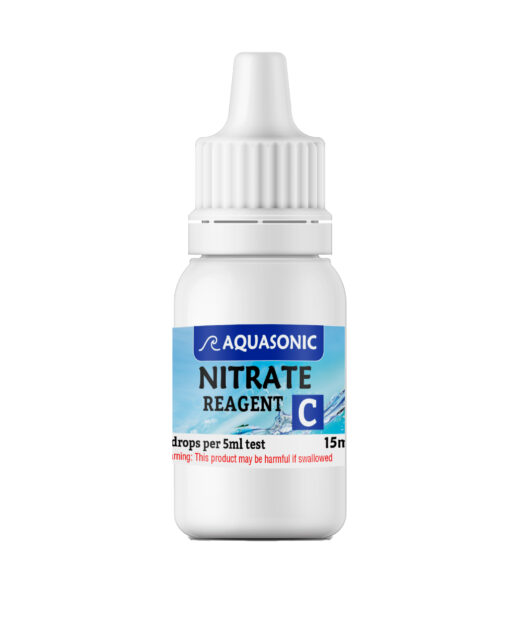
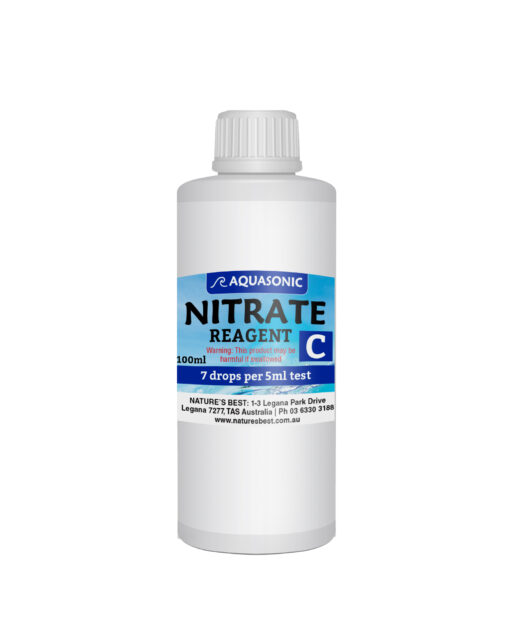
Reviews
There are no reviews yet.